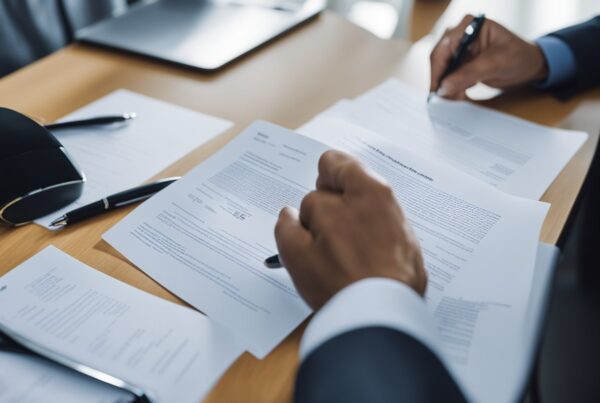There are two related accounting standard regulations for lease capitalization which will go into effect as of the beginning of 2019. One is ASC 842 which stands for Accounting Standard Codification Topic 842, Leases (ASC 842). ASC 842 is developed by FASB which stands for Financial Accounting Standards Board and used to be called FASB 13. ASC 842 follows the US GAAP. FASB and GASG (Governmental Accounting Standard Board) and a part of Financial Accounting Foundation (FAF) organization. ASC 842 applies to the companies in the United States.
The other standard is the European counterpart of ASC 842 which is called IFRS 16. IFRS stands for International Financial Reporting Standards and is a set of accounting standards developed by an independent, not-for-profit organization called the International Accounting Standards Board (IASB). ASC 842 and IFRS 16 are both a set of new regulation for capitalizing leases which are similar but have some differences in how they capitalize the leases.
Purpose of the new ASC 842 and IFRS standards and timeline
The purpose of the ASC 842 and IFRS standards is for companies to setup leases as assets and depreciate them over the term of the lease as opposed to treating them as expenses only. This way the leases show up on the balance sheets as well. There are variations for lessees and lessors and how the property lease and asset leases are handled. These are covered elsewhere.
Timeline
For public companies, compliance with the new standard is required as of the calendar year of January 1, 2019 and any fiscal year starting after December 15, 2018. For all other companies, it will be required for fiscal years starting after December 15, 2019 or calendar year starting on January 1, 2020.
Process of lease capitalization
The standards provide the guidelines as how to calculate the present value of a lease and amortize it over the term of the lease. We cover this process elsewhere. In this document we assume that you have generated the capitalization values and need to post them into your general ledger.
Posting of lease capitalization to General Ledgers
After a lease is capitalized you can post the values in the general ledger. These postings show up in the general ledgers and on the balance sheet and profit and loss statements.
Setup
The following setup of account codes is required per each lease. In a lease management system, you should be able to predefine the account codes in a template leased which would load them automatically.
Specify the account codes for the lease according to the table below. The accounts codes need to be setup in your chart of accounts beforehand. Depending on how you would like the amounts to be shown in your general ledger, you can define them as children of other accounts.
| Account code | Description |
| Lease asset | The ‘right of use’ as an asset on the balance sheet |
| Lease liability | The liability for rent payments based on a straight-line lease |
| Accumulated asset depreciation | The accumulated monthly depreciations on the balance sheet |
| Depreciation expenses | The depreciation expenses in the P&L |
| Rent | The rent expenses in the P&L |
| Interest | The interest expenses in the P&L |
Postings
To create the postings for an ASC 842 or IFRS 16 lease follow the steps below.
- Post the overall lease as starting ‘right of use’ asset and an equivalent liability value as shown below.
| Account code | Debit $ | Credit $ |
| Lease asset | 400,000 | |
| Lease liability | 400,000 |
- Create a posting for each line item in the capitalization table. Each line item represents a period such as a month. For example, there will be 36 postings for a three-year lease. The table below displays an example for a single period.
| Account code | Debit $ | Credit $ |
| Rent | 11,000 | |
| Accumulated asset depreciation | 11,000 | |
| Depreciation expenses | 10,000 | |
| Interest | 1,000 | |
| Lease liability | 11,000 |
The lease management system should be able to create the postings in different general ledgers and accounting periods for the term of the lease.
General ledger reports
To view the bookings in the general ledgers, you can open the general ledger and view the trial balance statement or individually check the profit and loss and balance sheet statements.
The asset, liabilities and cumulative asset depreciation are shown in the balance sheet. The interest and rent are shown as expenses in the profit and loss statement.
Free Demo
Free DemoFree DemoAbout the author
Mehdi Khalvati, Ph.D. is the president of Axxerion Inc. Axxerion’s Contract Lifecycle module addresses creation, management, notification, finances and approvals for contracts. For more information, please review the contract lifecycle management page. Please send your feedback, thoughts and comments to mehdi@axxerionusa.com.







